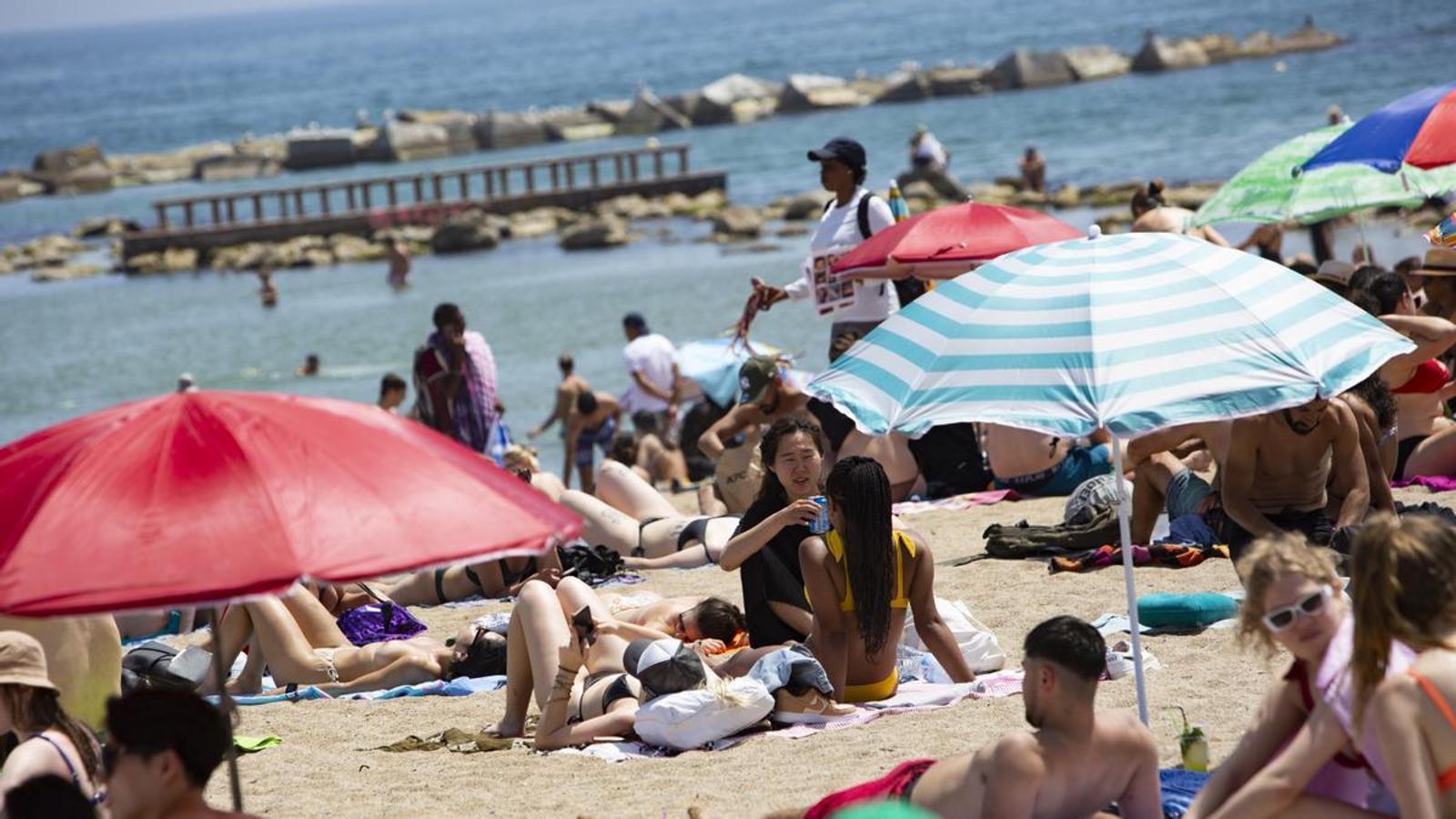Tourists' spending skyrockets
In May, foreigners visiting the State spent €8bn, six times more than a year ago


MADRIDFewer tourists, but almost the same expenditure. Despite the fact that, by number, international visitors arriving in Spain still have not reached pre-pandemic levels (in May there were 7 million tourists), they do match them in terms of the money spent during their stay. Tourist spending reached €8bn in May, according to data released by the National Statistics Institute (INE) on Monday. This is almost six times more than the figure for the same month in 2021 (€1.4bn) and reaches pre-pandemic levels, i.e. 2019, when tourists spent €8.1bn. This scenario lead the sector to optimism in the run-up to the high season, which is now starting.
Although the spending figure is close to 2019 and, therefore, to the situation prior to the pandemic, it should be borne in mind that in May 2019 a total of 8 million tourists arrived, one million more than this year. This suggests that either international tourists are spending more money, or inflation and price increases are already being felt in the sector. It should be noted that after two years of restrictions, many travellers have more savings in the bank.
If broken down by items, we can be seen that, compared to 2019, in May tourist spending on accommodation (€1.4bn), meals (€1.3bn) and, to a lesser extent, activities grew. These elements coincide with one of the main reasons behind the current price escalation. Although the INE has not yet broken down data for June – when inflation soared to 10.2% – in May it highlighted that hotels, bars and restaurants were one of the areas that "stood out most for their influence on the annual rate". Specifically, restaurants' prices were up 6.3% in May compared to the same month in 2021. This is the highest rate since August 2001, the INE highlighted, and everything suggests that this will be the trend in the coming months considering that the high season is just beginning. All in all, average expenditure per tourist stood at €1,152, while the daily expenditure grew to €177.
Although international tourist arrivals have not yet reached pre-pandemic levels, they are not far behind. In fact, the tourism sector seems to be dodging the current energy crisis – accentuated by the war in Ukraine – and is already preparing for a return to its best moments. A sign of this are bookings, which the sector believes will be "record-breaking", as is employment. The hotel and catering industry has ended June with 50,000 more employees than a year ago, one of its best months ever. In any case, it remains to be seen how this price increase may affect domestic tourism, which on average spends less than international tourism and, in particular, those with more modest pockets.
Who visits us?
Of the almost 7 million tourists who arrived in May (1.4 million arrived in 2021), the United Kingdom was the main country of origin, with 1.7 million tourists. It was followed by Germany (975,241 tourists) and France (925,994 visitors). They also spent the most money. Outside Europe, the growth of tourists from the United States (312,385 tourists) stands out. The main reason for visits continues to be leisure and vacations.
By autonomous communities, after two complicated years marked by health restrictions, the Balearic Islands once again received the most visitors, with 23.4% of the total. They are closely followed by Catalonia (21%) and Andalusia (14.9%). Compared to 2021, however, the most pronounced increases were recorded in Andalusia and Catalonia. In the first case they reached 1 million visitors (523% more than in 2021), while in Catalonia they were 1.5 million (482% more than in 2021).
